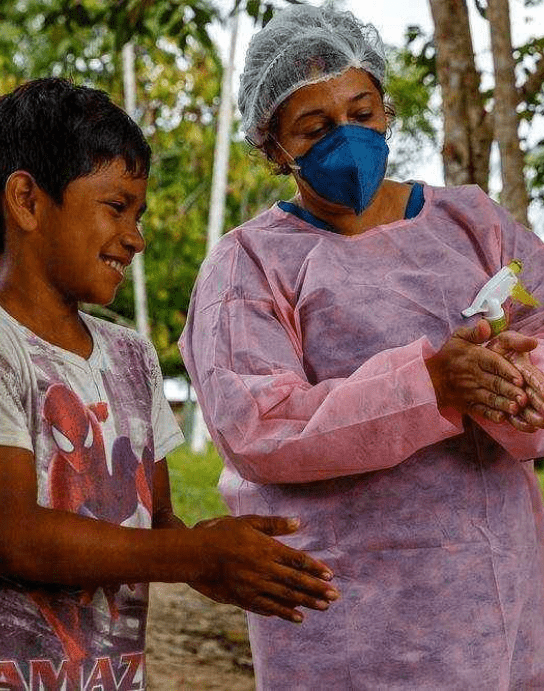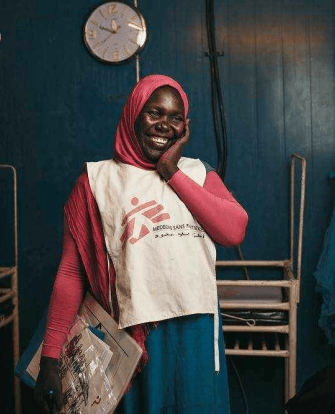Starting a campaign before the first case of measles dramatically reduces the chances of an epidemic. Part of MSF’s measles response is therefore to conduct mass vaccination campaigns in areas where coverage is low and chances of an outbreak are high. Alongside countries with chronically low coverage are conflict settings like Syria, where war has destroyed a once well-functioning health systems. This has caused vaccination coverage rates to plummet and triggered several outbreaks, including measles and even diseases like polio that had become almost unknown in Syria. A vaccine coverage survey done by MSF in Kobane (northern Syria) in June 2015 showed that only 17 percent of children were fully vaccinated. For this reason we have supported both routine immunization and vaccination campaigns in Syria since we began working there after war broke out in 2011.
Though children should be fully vaccinated against measles by the time they're 12 months old, this often doesn’t happen in fragile contexts where government vaccination programs don’t reach everyone or have been disrupted. This makes “catch-up” vaccination important in many settings. For example, in refugee camps we often see that even older children get measles. In response, we may expand our vaccination activities to include children up to age 15.
Patient care
During outbreaks and in our pediatric outpatient clinics and hospitals, our teams deliver medical care to children with measles, especially those who are also malnourished and therefore more likely to become severely ill. Since measles has no cure, the focus is on preventing dehydration, monitoring fever and managing complications, which include eye and ear infections and pneumonia. Children also receive vitamin A supplements, which reduce measles deaths by as much as 50 percent.
Routine immunization
Supporting routine vaccination for children is the most effective way to prevent measles infections and epidemics. MSF has built measles vaccination into most of our programs that provide pediatric care in hospitals, primary care clinics, and malnutrition programs. For example, in camps for people displaced by Boko Haram in Maiduguri, Nigeria—where many of the children suffer from severe malnutrition—we run mobile clinics that provide medical screenings and care, as well as preventive treatments like measles vaccination and seasonal malaria chemoprevention to all the children we see.
Advocacy
MSF is involved in advocating for new measles vaccines that are easier to use in low-resource regions. Developing a heat-stable vaccine that doesn’t need refrigeration, or one which doesn’t require injection, will be essential in expanding immunization coverage and protecting more children from this deadly infection.





